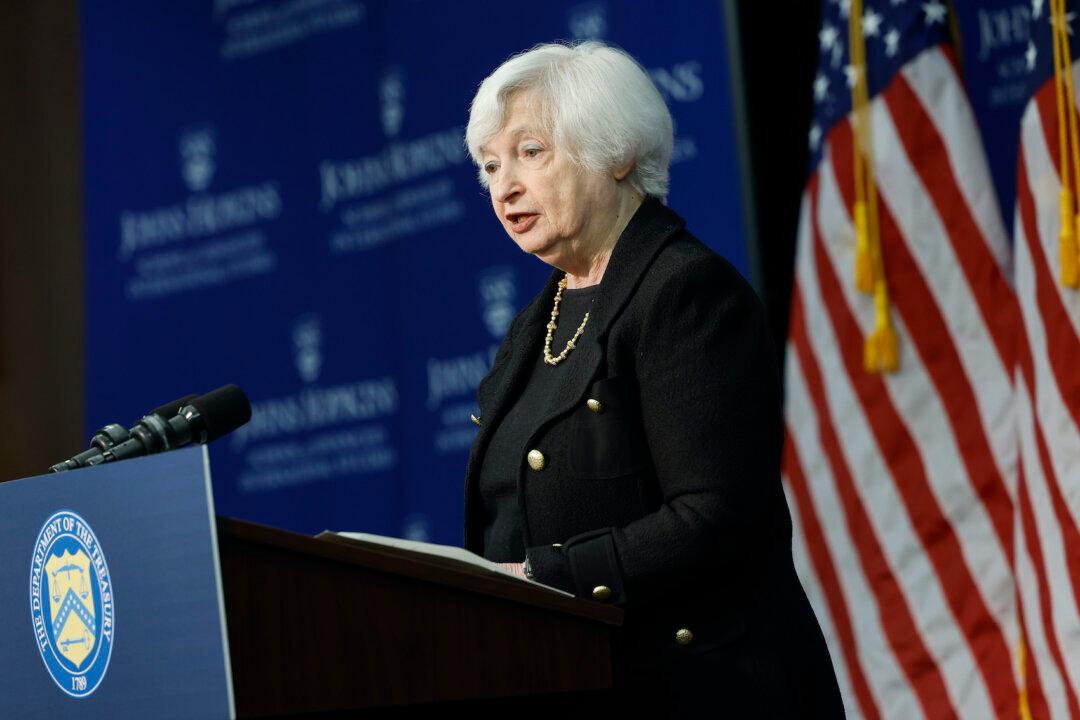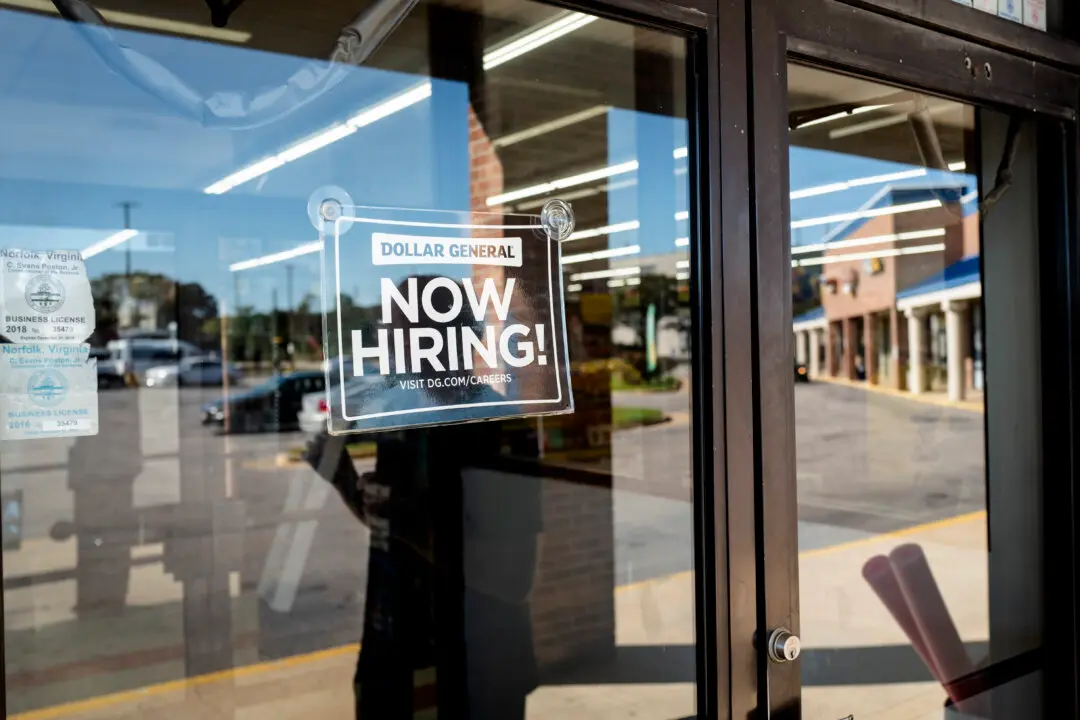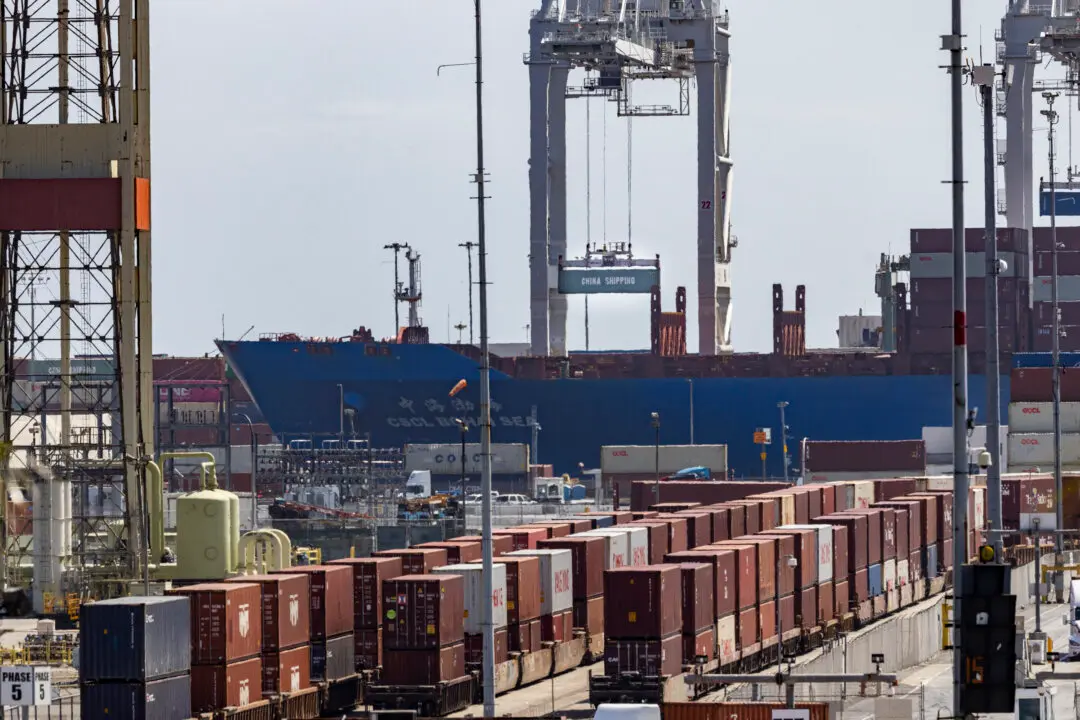More consolidation in the U.S. banking system wouldn’t be surprising, considering the current environment in the financial sector, according to Treasury Secretary Janet Yellen.
While Yellen acknowledged that she doesn’t wish to see further consolidation by some smaller firms threaten the diversity of the banking sector, she said she would understand because of the enormous pressures faced by many financial institutions.





